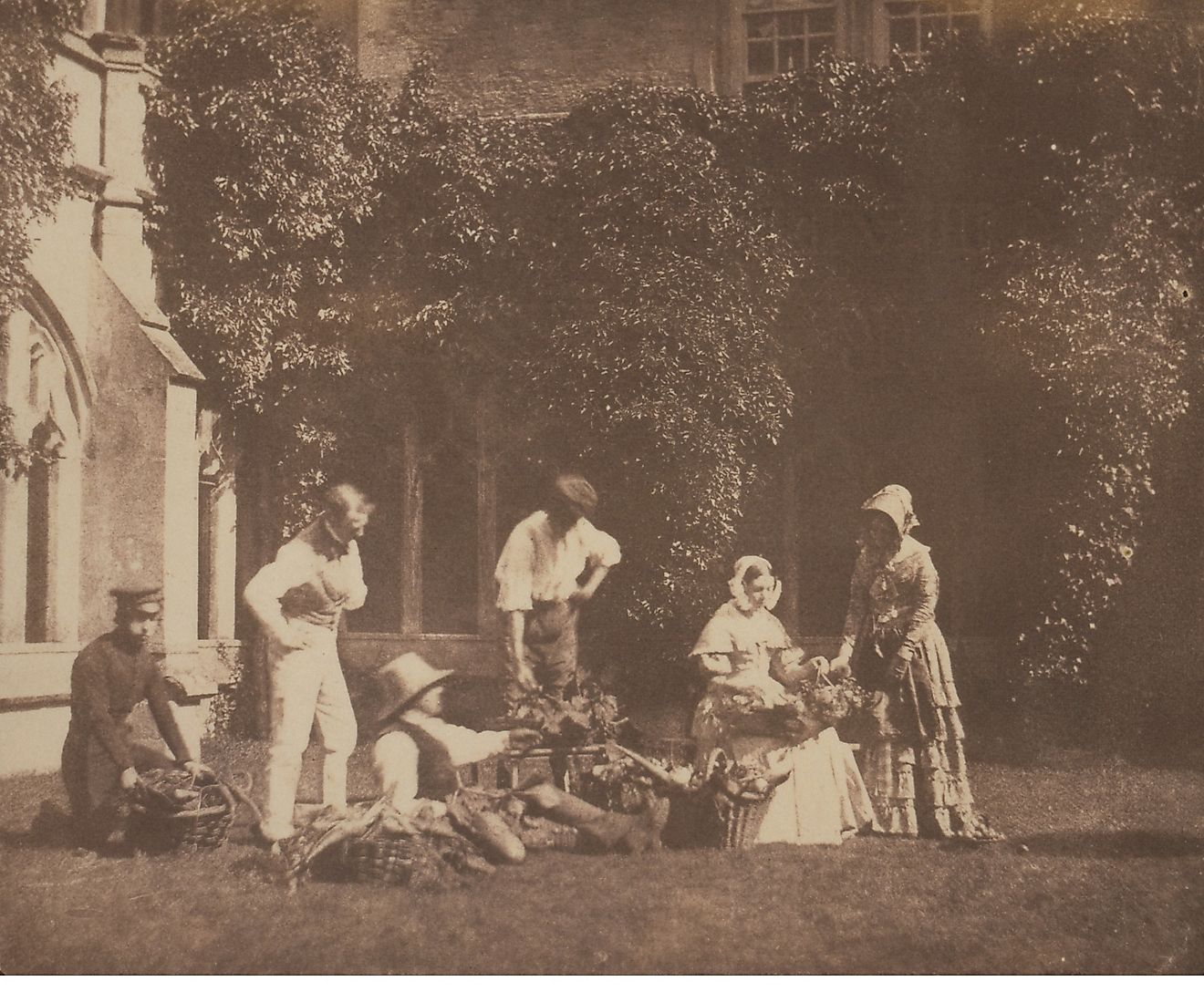Henry Fox Talbot - Figures Throughout History

William Henry Fox Talbot was a scientist and inventor who lived in the 19th century. He was also a chemist, an astronomer, and a mathematician who published numerous articles on the subjects of physics, mathematics, and astronomy. He is famous for his contribution to photography. His work in photography earned him a medal from the British Royal Society.
5. Early Life
William Henry Fox Talbot was born in Melbury, England on February 11th, 1800. His family was well off, and he went to prestigious schools. He studied at Harrow School and later joined Trinity College, Cambridge. He developed an interest in optical research at an early age and even wrote articles on the subject. Some of the publications are "Monochromatic Light" published in the Quarterly Journal of Science and "Chemical Changes of Color" published in the Philosophical Magazine.
4. Career
In 1832, William Talbot tried his luck in politics and succeeded. He served as a member of Parliament for Chippenham briefly and went back to optical research. On a trip to Italy, he encountered a beautiful scene at Lake Como, but was unable to sketch it. This inspired him to develop a light-sensitive paper that would capture images. His intensive research resulted in the discovery of photogenic drawings- some dark, spotty images on light-sensitive papers.
3. Major Contributions
At the time of William Talbot’s research, other scientists were also working on similar projects. However, their inventions had shortcomings. Nicéphore Niépce and Thomas Wedgwood had managed to capture images, but the images got damaged upon exposure to sunlight. Louis Daguerre invented images on silver plates which he christened “Daguerreotypes.” The daguerreotypes required an hour or more of exposure to light for the images to develop. William Talbot modified the process of photography by creating the “Calotype.” The calotype required a shorter time to develop an image, and the negative produced could be used to create several positive images.
2. Challenges
William Talbot encountered numerous challenges while creating the calotype. The first challenge was the expenses he incurred in the process which ran as high as £5,000. Secondly, William’s decision to obtain a patent for the calotype was not well received by the academic world that saw the move as a hindrance to further scientific progress. William lost friends due to his reluctance to share information on his discoveries. Prints developed from the calotype were widely criticized for lack of detail. Additionally, he was heavily criticized for strictly enforcing his rights and charging exorbitant fees for individual patent licenses. William also got into a lawsuit with photographer Martin Laroche where the court ruled in favor of Martin and William lost patent rights to calotype.
1. Death and Legacy
William Talbot lived an active life. He engaged in diverse fields including politics, astronomy, chemistry, archaeology, physics, and mathematics. William’s inventions had a significant impact on photography. Subsequent photographers perfected William’s work which brought commercial photography to its current state. He is also remembered as one of the few people who deciphered cuneiform inscriptions from Nineveh. William was also a prolific writer with several publications to his name. William died at the age of 77 years in Lacock village in 1877 after many years of illness.











